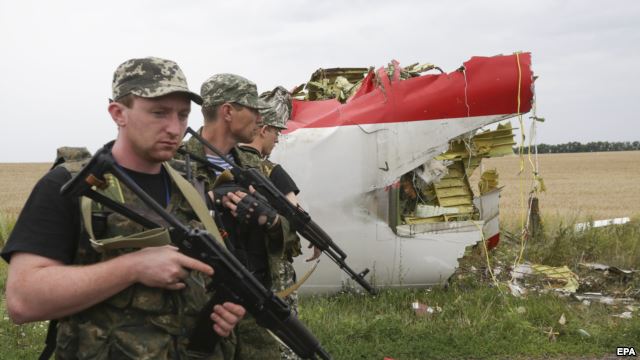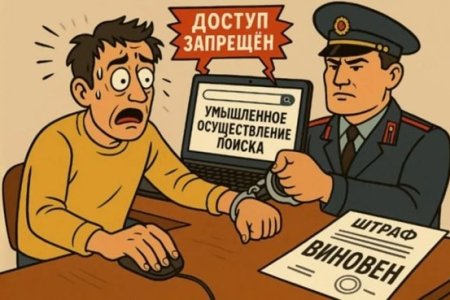
International investigators have said there are “strong indications” that Russian leader Vladimir Putin authorized the supply of the Buk missile launcher that on 17 July 2014 downed Malaysian airliner MH17.. At their conference on 8 February 2023, representatives of the Joint Investigation Team (JIT) acknowledged that they would not have the evidence to secure a conviction, and noted that Putin, at least while head of state, would, in any case, enjoy immunity. The JIT findings are, nonetheless, damning and hugely important in demonstrating the control that Russia exercised over the so-called ‘separatists’ in the Russian proxy ‘Donetsk people’s republic’ [DPR]. The JIT’s concluding press conference comes just weeks after the European Court of Human Rights reached an analogous decision. The ECHR Grand Chamber ruled on 25 January that occupied Donbas – the Russian proxy ‘Donetsk and Luhansk people’s republics’ – were under Russian jurisdiction from 11 May 2014, and that it could, therefore, consider the inter-state applications against Russia brought by both Ukraine and the Netherlands. That judgement paved the way for Russia to be held liable before the Court in Strasbourg for MH17 and other war crimes. The JIT representatives were also refreshingly blunt in their language. They noted that the Russian authorities continue to deny any involvement in the conflict in eastern Ukraine, but add that “they have presented falsified evidence on multiple occasions.”
JIT explained on Wednesday that they have reached the limits of what they can achieve and that they are now suspending their investigation, with their final report, available for downloading here. This does not, however, mean that the case has been closed, and the phone line for witnesses will remain active, as will the MH17 website. Should significant evidence or a change in circumstances emerge, the investigation will be resumed.
“The bar for establishing individual criminal liability is high. At present we cannot reach that bar for the various individuals discussed, but the picture that the investigation has given us of Russian involvement could play a key role in the state responsibility proceedings. We know that the answers to our questions can be found in Russia.”
Importantly, the JIT presentation was based on the findings of the District Court at the Hague which, on 17 November 2022, found Russians Igor Girkin and Sergei Dubinsky, as well as Ukrainian militant Leonid Kharchenko were found guilty of having “as functional perpetrator, intentionally and unlawfully, caused an aeroplane (namely flight MH17) to crash, by firing a Buk missile by means of a Buk TELAR”. Since neither these convictions and life sentences, nor the acquittal of Oleg Pulatov were appealed against, they have now come into force.
The court at the Hague found that “as of mid-May 2014, the Russian authorities exerted far-reaching control over the conflict being waged by the DPR.”
While the investigators were unable to establish what the crew of the BUK missile launcher were doing when the BUK missile was launched, nor who gave the order to fire, what they could prove was surely sufficient to indicate Russia’s direct role. The Buk TELAR (the missile launcher with its own radar) came from the Russian Federation, complete with a crew. Having verified the authenticity of images captured of the Buk TELAR in Ukraine, the investigators were able to establish that it it was from the Russian 53rd Anti-Aircraft Missile Brigade in Kursk, and was taken from there, initially to the border with Ukraine (in late June) and then, on 17 July 2014, into occupied Donbas. They know the names of at least 193 military personnel from the 53rd Brigade who were deployed in the same border region.
The court further established that the crew of a Buk TELAR consists of four personnel, of whom only one, the commander, is authorised to launch a missile. Images of the Buk TELAR on 17 and 18 July, as well as intercepted telephone conversations, were instrumental in proving the involvement of Girkin, Dubinsky and Kharchenko.
The investigators make it clear that there were a limited number of individuals, all of whom would have been Russian military personnel, who were capable of operating a Buk TELAR. Of this greater number, they arrived at three names of officers “who may have been involved in the downing of MH17.”
Russia in control
“As of mid-May 2014 the Russian Federation and Ukraine were involved in an international armed conflict in eastern Ukraine because the Russian authorities had overall control over the fighting in the DPR. DPR leaders were in close contact with the Russian Presidential Executive Office, Kremlin advisers and the Russian intelligence services. Staff members of these government bodies also came up in the JIT’s investigation into the decision-making process about the provision of the Buk TELAR to the DPR.”
By June 2014, the Russian or Russian-installed leaders of the two proxy ‘republics’ had asked Russia (for example, Russian military intelligence or GRU) for heavier weaponry, including better anti-aircraft systems. The investigation found that from the second half of July 2014 several Buk-TELARs were delivered to those whom JIT calls ‘the separatists’, including the Buk-TELAR that shot down flight MH17.
JIT provides details making it clear that such decisions on providing heavy or sophisticate weapons systems came from the very top, i.e. from Putin. “…intercepted conversations revealed that the decision about whether to provide military support lay with Putin. There is also specific information showing that a request to supply the separatists with heavier anti-aircraft systems was submitted to Putin and that the request was granted. Other sources as well point to the president’s personal involvement in the conflict in eastern Ukraine, mainly in a behind-the-scenes capacity.”
Although Moscow continues to deny all of this, it is worth noting that individuals either convicted, or that JIT discuss in great detail, like Aleksandr Borodai, have essentially acknowledged Russia’s major involvement. See, for example, New United Russia party MP confirms that the fighting in Donbas is by “Russian forces”’
JIT revealed recordings and other evidence of Borodai’s “almost daily contact” with FSB general Andrei Burlaka, with the latter giving orders and taking an active role in ‘DPR’ matters.
Accountability
As mentioned, JIT do stress that they do not have sufficient evidence to secure the convictions of others over the downing of MH17.
As far as those who launched the missile are concerned, they note that, even if identified with certainty, “the crew members and their superior officers may be able to claim combatant immunity.”.
Such immunity would not apply in the case of war crimes, but “without concrete information about the circumstances in which the decision was made to fire the Buk missile at MH17, it cannot be determined whether the downing of MH17 was a war crime.”
All of this, and the questions around proof of Putin’s direct liability, probably would make it difficult, or impossible, to ensure the conviction of any individual on criminal charges. Russia is, however, being held to answer before the European Court of Human Rights, the UN’s International Court of Justice and at the International Criminal Court, and for these cases the JIT’s finding, and the evidence of direct Russian control from mid-2014, is invaluable


